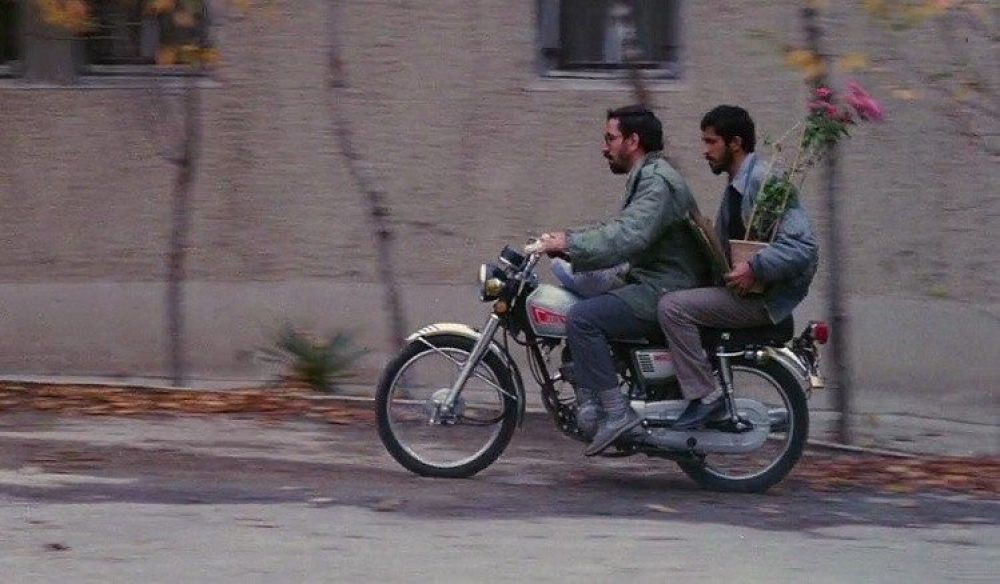Women’s roles in premodern Iran are very different from how the west might perceive them. While we in the west tend to view gender in all cultures through the same lense as our own, gender in the binary is often very uniquely western. Thus, women’s roles and struggles in societies around the world differ drastically from those of women in premodern western countries. For example, Najmabadi’s book highlights an issue that women of Iran faced that would not have occurred in many western societies. In her book, the struggles of women to pry the attentions of their husbands away from their young male lovers is a key issue. For the women of this society, femininity was the not the ultimate goal to achieve maximum attractiveness. Rather, these women would often draw mustaches on their faces so as to appear more like the young men they competed with. Thus, they were not viewed only as objects as sexual desire to lusted after by men, but as only one the options presented to a very specific population of men.
These problems are so unlike those of the women of the west, that to analyze the struggles of modern women through a western lense would be to completely disregard this complex history. The choice or lack thereof to veil is one that many western societies would label as a global feminist issue, demonizing the veil as an inherently misogynistic tool of the patriarchy, yet to many Iranian women, even those who may not necessarily wish to veil, this is not the case. Rather, the rigid binary systems that led to these conditions are an introduction from the west. They are a form of ongoing imperialism rather than one of patriarchal dominance. They oppress all Iranians, not just women. This strict definition of gender and the roles belonging to each sex is a concept that was introduced by Europeans, and in a way, forced onto the Iranian public, so that their histories of gender fluidity might be erased in favour of a more western view of the age old practice of the necessity of women to act only as objects of desire for the men in their lives.

Western Gender Roles and Iranian Women | Iran, Islam, and the Last Great Revolution Fall 2018
Are women highly valued?
I am a spammer
benim adım döne 42 yaşındayım evlendim ayrıldım çocuğum yok. çocuklu olmayan dul erkekler ilk tercihim.
suriyeli bayanların adreslerini ve iletişim bilgilerini görmek için http://ilansuriyeli.com/uye-ol/
Rather, these women would often draw mustaches on their faces so as to appear more like.
I think Michaela’s question about imperialism and ownership is a really interesting one in this context. The story of heteronormalization in Iran is entangled in the story of female empowerment. Najmabadi herself admits that it was only in doing research for her book that she discovered this darker side of female empowerment in Iran. While these changes were made as a response to the west, Iran was never actually colonized. In light of this, it seems like Iranian society did have some agency over these changes. Surely, Iranian nationalism (which informed the changing conceptions of gender roles) should be considered Iranian, even if it occurred in conversation with the west.
I agree with the way you’ve talked about Najmabadi’s work and its implications for present-day judgments/ evaluations of the function and significance of the veil. One thing I thought was really interesting in what you said was that the binary gender distinctions are a form of ongoing imperialism. I think this raises a lot of questions that we’ve circled around in class, especially surrounding ideas as to what can be considered as ‘belonging’ to a particular society/ group. We’ve talked at length about how the adoption of practices and beliefs are legitimized by a nation’s claim to some unique contribution to their development, or by viewing them as universal ideas that are open to anyone. Anderson and Chattergee both addressed this, and I think this specific example is interesting to consider in the context of their work. To call this imperialism, then, what are the implications for other such ideas or practices that are adopted from other societies, and where is there space for ownership?